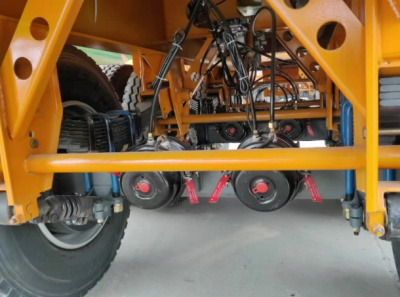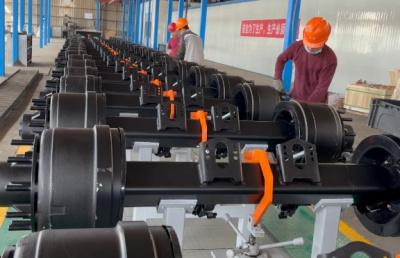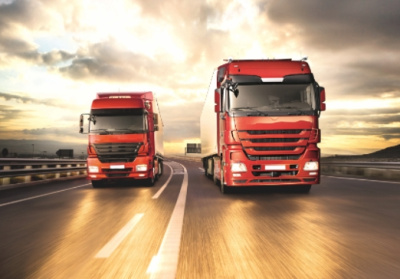Vehicle emission standards upgraded five times in 20 years
With the increasing number of vehicles, the concentration of pollutants such as nitrogen oxides, hydrocarbons, carbon oxides and fine particles in the air is also increasing, which has caused great harm to human health, the atmosphere and the earth's environment. In order to protect the environment and reduce air pollution, many countries have issued vehicle exhaust emission standards one after another, setting clear limits on the emission of exhaust pollutants, and my country is no exception.
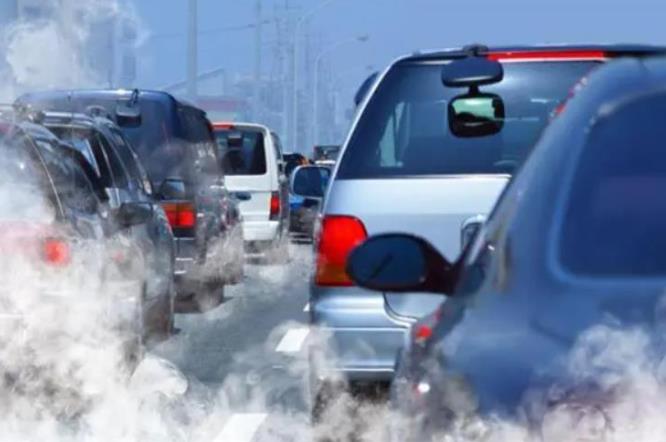
From a global perspective, emission standards are mainly divided into three systems: "Europe, America and Japan". my country's emission standards mainly follow the European system and are formulated by referring to European vehicle emission standards.
Since the implementation of the National Standard 1 in 2001, and the full implementation of the National Ⅵ emission standard 6b stage, my country’s vehicle emission standards have undergone five changes and upgrades in more than 20 years. Let’s review it with the DARO trailer axle today. The upgrading process of my country's exhaust emission standards, let's take a look at what the emission standards are at each stage, and what impact it has on vehicle technology.
1. National I emission standard
time:
As early as 1999, Beijing had taken the lead in implementing national emission standards. On April 16, 2001, the National Bureau of Standards officially promulgated GB17691-2001 "Vehicle Compression Ignition Engine Exhaust Pollutant Emission Limits and Measurement Methods", That is, my country's first phase of motor vehicle pollutant emission standards (National I), which stipulates that it will be fully implemented from July 1, 2001.
Emission requirements:
National I is mainly aimed at carbon monoxide and nitrogen oxides. It requires that carbon monoxide not exceed 3.16g/km, and hydrocarbons not exceed 1.13g/km. The particulate matter standard of diesel vehicles shall not exceed 0.18g/km, and the durability requirement is 50,000km.

Vehicle Technology:
When the National Phase I was implemented, the domestic heavy trucks were just on the right track, and the traditional natural aspiration + mechanical oil supply system that focused on "high power and durability" was still used. The model was relatively single, so the implementation of the National Phase I was very important to the market And the OEM did not have much impact.
2. National II emission standards
time:
In 2004, the National II emission standard was implemented nationwide, and the implementation time of heavy-duty gasoline vehicles and heavy-duty gas vehicles was September 1, 2004, the implementation time of heavy-duty diesel vehicles was September 1, 2005, and the implementation time of light-duty diesel vehicles was July 1, 2006.
Emission requirements:
Gasoline vehicles have no more than 2.2g/km of carbon monoxide, no more than 0.5g/km of hydrocarbons, no more than 1.0g/km of carbon monoxide, no more than 0.7g/km of hydrocarbons, and no more than 0.08g/km of particulate matter for diesel vehicles.
Vehicle Technology:
Most domestic diesel vehicles in the National Phase II still use mechanical fuel supply. The technical route is the same as that of the National Phase I, except that the natural suction is changed to turbocharged. By optimizing internal combustion, increasing fuel injection pressure and The gas volume meets the requirements of the standard limit. Under this technical standard, the vehicle is powerful and easy to maintain, but the problem of insufficient fuel combustion still exists, so black smoke often occurs from the vehicle.
3. National Ⅲ emission standard
time:
The Beijing area took the lead in implementing the National III emission standard on December 30, 2005. The implementation time of the nationwide National III emission standard is: July 1, 2008 for heavy-duty gas vehicles and heavy-duty diesel vehicles, and July 1, 2009 for light-duty diesel vehicles. Date, heavy gasoline vehicles is July 1, 2010.
Emission requirements:
Hydrocarbons do not exceed 0.2g/km, carbon monoxide does not exceed 2.3g/km, hydrocarbons do not exceed 0.15g/km, and there is no requirement for the new version of PM.
Vehicle Technology:
The total amount of pollutant emissions in the National Phase III has been reduced by about 40% compared with the National Phase II. In order to meet the latest emission standards, car companies have upgraded and modified the engine and exhaust system, and added a vehicle self-diagnosis system. Three yuan The catalytic system has also been upgraded. Diesel engines have entered the era of electronic control, replacing the previous mechanical large pumps. The fuel supply system has entered the stage of "electronic control" from the previous "mechanical control".
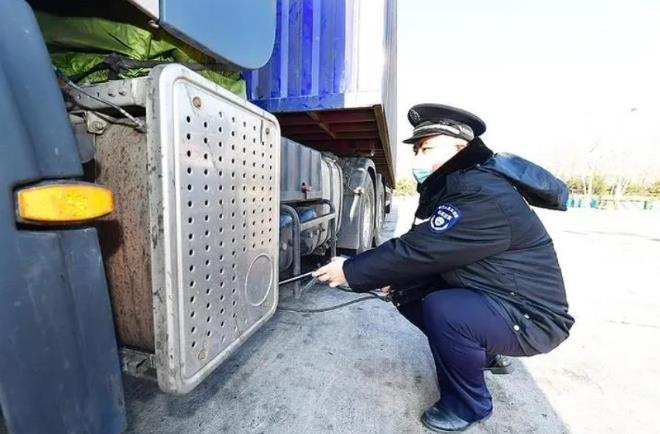
However, due to insufficient technical reserves in the early stage, many car companies need to import equipment and products from abroad, which has led to an increase in production costs; the service technology of the domestic car market cannot keep up, which has caused a certain impact on vehicle repair and maintenance. Car owners are unwilling to pay the bill, so they are more inclined to choose those National III large pump trucks that are cheaper, have the same appearance as the product announcement, but do not meet the emission standards, that is, "fake National III" vehicles.
4. National IV emission standard
time:
According to the plan, the specific time for nationwide implementation is: July 1, 2013 for light-duty diesel vehicles, July 1, 2013 for heavy-duty gasoline vehicles, January 1, 2011 for heavy-duty gas vehicles, and July 1, 2013 for heavy-duty diesel vehicles. day.
In fact, on July 1, 2013, only some pilot areas began to strictly implement the National IV standard: Beijing, Shanghai, Guangzhou, Shenzhen, Nanjing, Urumqi, Lanzhou, etc., and the National IV standard was not implemented until January 1, 2015. Emission Standards.
Emission requirements:
The emission value of hydrocarbons shall not exceed 0.1g/km, the emission value of carbon monoxide shall not exceed 1.0g/km, and the emission value of nitrogen oxides shall not exceed 0.08g/km. Basically, on the basis of meeting the National III standard, vehicles can reduce pollutants by 30% to 50% to meet the standard.
Vehicle Technology:
Diesel vehicles in the National IV stage have little change in the technical route of the fuel supply end. The main reason is to increase the fuel injection pressure, make the engine burn more fully, and reduce the pollutants discharged from the engine to the after-treatment system.
In terms of after-treatment system, National IV vehicles have been upgraded, which is also the biggest difference from National III vehicles. There are two main upgrade schemes at that time: one is selective catalytic reduction (SCR) technology, which uses urea for vehicles to treat exhaust gas The other is Exhaust Gas Recirculation (EGR) technology, which treats the particulates produced by combustion through a particulate filter (DPF) or a particulate catalyst (DOC).
5. National V emission standard
time:
On September 17, 2013, the Ministry of Environmental Protection issued the "Light Vehicle Pollutant Emission Limits and Measurement Methods (China's Fifth Stage)". Since September 2013, Beijing has taken the lead in implementing the National V emission standard for light vehicles in the country; in 2017 From July 1st, the National V emission standard will be fully implemented nationwide.
Emission requirements:
National V emission standards require that the hydrocarbon emission value is 0.1g/km, the carbon monoxide emission value is 1.00g/km, the hydrocarbon emission value is 0.060g/km, and the PM emission value is 0.0045g/km. Among them, the emission of nitrogen oxides is 25% lower than the National IV standard, and the emission limit of PM has been added, which is more stringent.
Vehicle Technology:
National V vehicles have not changed much in terms of technology, mainly due to further optimization. The fuel supply system is mainly based on high-pressure common rail technology, and the post-processing system is also based on EGR and SCR. The main difference from National IV vehicles is their control strategy and torque limitation.
6. National Ⅵ emission standard
time:
On June 22, 2018, the Ministry of Ecology and Environment and the State Administration for Market Regulation officially proposed the implementation time of the National VI emission standard for heavy-duty diesel vehicles, which is divided into two stages: National VI a and National VI b.
In the China VIa phase, the implementation time for gas vehicles is July 1, 2019, and the implementation time for urban vehicles is July 1, 2020. From July 1, 2021, all vehicles will begin to implement the National VIa phase. In the National VI b phase, the implementation time of gas vehicles is January 1, 2021, and it will be fully implemented from July 1, 2023.
Emission requirements:
National VI a stage: carbon monoxide emissions shall not exceed 700mg/km; non-methane hydrocarbons shall not exceed 68mg/km; nitrogen oxides shall not exceed 60mg/km; PM fine particles shall not exceed 4.5mg/km; PN fine particles shall not exceed 6x10^11mg /km.
National VI b stage: carbon monoxide emissions shall not exceed 500/km; non-methane hydrocarbons shall not exceed 35mg/km; nitrogen oxides shall not exceed 35mg/km; PM fine particles shall not exceed 3mg/km; PN fine particles shall not exceed 6x10^11mg/km km.
Vehicle Technology:
Compared with the national V period, the vehicle technology of the National VI stage puts forward higher requirements. The technical route is mainly divided into two types: EGR and non-EGR. Among them, EGR refers to turbocharging + electronic control + high-pressure common rail + medium-high EGR (medium-high exhaust gas Recirculation) + DOC (diesel oxidation catalyst) + POC (particulate oxidation catalytic converter) + SCR (selective catalytic converter), non-EGR refers to turbocharging + electronic control + high pressure common rail + DOC (diesel oxidation Catalyst) + SCR (High Efficiency Selective Catalytic Converter), some models also add ASR (Ammonia Slip Catalyst).
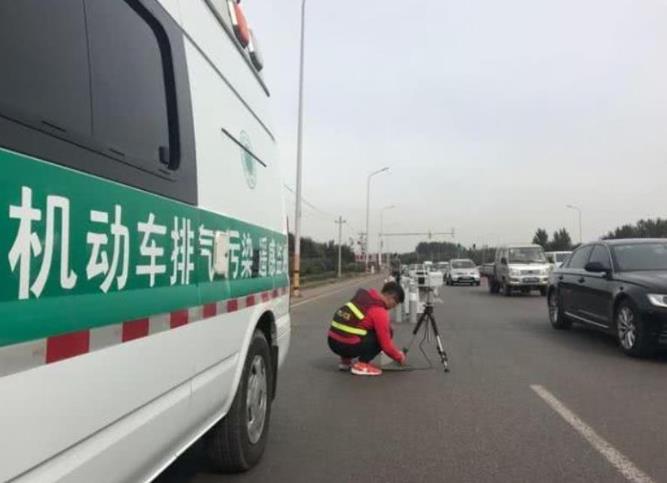
The technical principles of these two routes are the same, and both are divided into two parts: the engine and the after-treatment system. In addition to controlling the amount of nitrogen oxides, the after-treatment system also needs to control the emission of PM particles. Regardless of whether the vehicle is running or idling, Exhaust gas discharged under various conditions such as cold engine must meet the national limit value standard; the engine needs to work with the after-treatment system, so the air flow meter, electronically controlled EGR, pulse-controlled turbocharger, Various sensors and actuators such as throttle body.
In order to meet the requirements of the policy, the relevant technologies of car companies need to be continuously updated and iterated, and each upgrade is a challenge to the research and development strength. For car owners, stricter emission standards often mean an increase in overall vehicle costs and restrictions on vehicle operations. But we need to realize that the upgrading of emission standards is a major international trend, especially in the context of carbon peaking and carbon neutrality, it is also expected that the emission standards will continue to be tightened.
In November last year, the proposal for the seventh stage of European emission standards was launched. Someone said, "If Euro VI is wearing a clean mask on the vehicle, then Euro VII is equivalent to an air purifier", which shows the severity. my country's vehicle emission standards started relatively late, and it has been catching up with developed countries all the way. As for whether it will continue to follow up with Euro VII, and to what extent, I am afraid it is still unknown.




